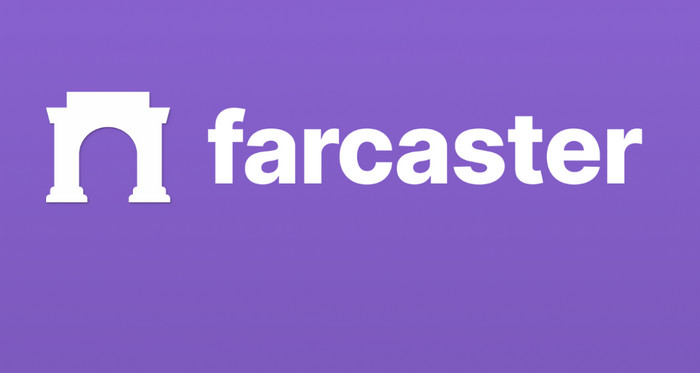Two former Coinbase employees founded Farcaster, a blockchain-based social protocol. On Tuesday, the company revealed that it had successfully raised $150 million. According to a blog post by founder Dan Romero, the platform, which was led by Paradigm, also raised funds from a16z crypto, Haun Ventures, USV, Variant, Standard Crypto, and other sources.
The social protocol Farcaster allows developers to create other applications on top of it; the most well-known application is the Twitter-like social network Warpcast. What does it mean to create a social Ethereum experience? By storing user IDs offchain and data like as following, reactions, and public postings onchain, Farcaster is adopting a hybrid approach. In order for Farcaster to store user data, users must “pay rent”; currently, this equates to roughly $7 in ETH for every 5,000 posts. As a user creates new casts, their previous casts—what they refer to as posts—will be removed if they choose not to pay.
“Onchain operations are only carried out when security and consistency are absolutely necessary. Onchain actions are used sparingly in order to save expenses and boost efficiency, according to Farcaster’s website. Since a user’s profile is linked to the other things they do with that wallet, storing user identities onchain provides an additional means of confirming that people are who they claim to be. This isn’t 100% accurate, of course, as it’s possible for the same person to have many wallets; but, if someone has a largely empty wallet, any suspicious activity will be viewed with greater suspicion.
One of Farcaster’s primary social media features is its dedicated channels for particular subjects. Hence, instead of cluttering up the feeds of your other followers, you may liveblog the NBA finals in a dedicated channel with other basketball enthusiasts (X also has a Communities feature, which it’s been promoting more actively to users recently).
Developers can distribute their apps they’ve produced on Farcaster as standalone articles on Warpcast using the Frames feature. Jordan Messina, for example, built a Frame that lets people play Pokémon together.
Use the frame to play Pokémon. cc @jordanmessina tweet.com/qYh1pOFKXl
— January 27, 2024, Dan Romero (@dwr)
Signing up requires some friction, like with many cryptocurrency products, because you need to have a digital wallet. However, Farcaster isn’t really targeting the mainstream customer; for its audience, which is primarily made up of cryptocurrency enthusiasts, using a service for a little price in Ethereum is as commonplace as paying sales tax on a cup of coffee.
Many people would find this complex architecture and reliance on crypto unsettling. The platform is currently at its pinnacle with roughly 80,000 daily active users (DAUs) and 350,000 signups, according to Warpcast’s own data. Although that’s no little accomplishment, in contrast, there are roughly 5.6 million and 8.6 million signups on the decentralized platforms Bluesky and Mastodon, respectively.
$150 million in funding is an enormous amount for any firm, much less one in the social media and cryptocurrency domains. Venture capital for cryptocurrency firms fell 68% in 2023 compared to the previous year, according to The Block. Notably, though, is that Farcaster’s funding is provided by companies that focus on the cryptocurrency field, so perhaps they are less alarmed by the volatile nature of the industry.
